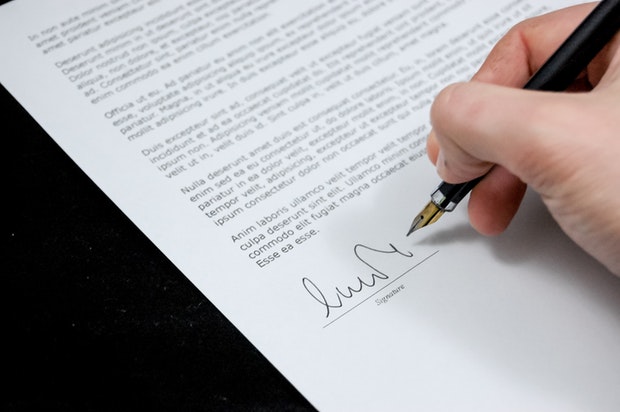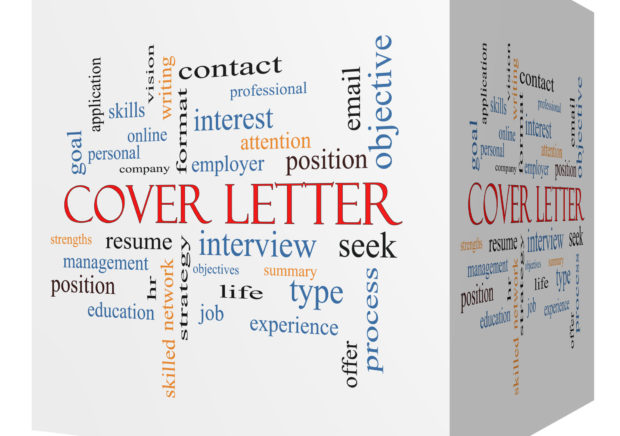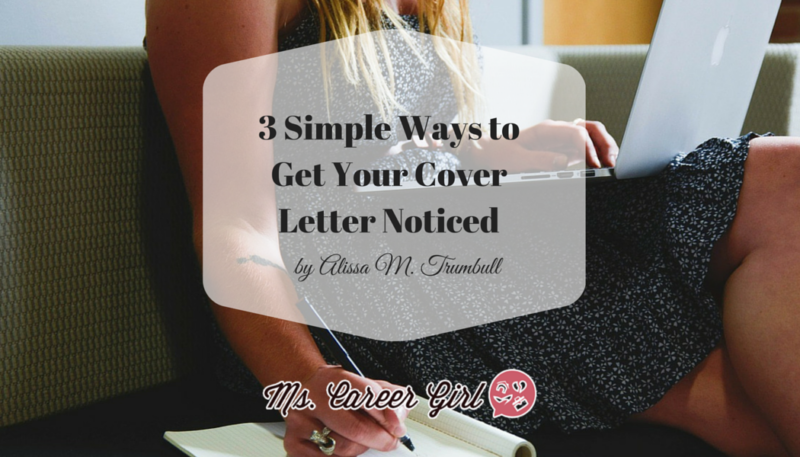How To Write An Impressive Cover Letter

Cover letters are an essential part of the frequent hustle of changing careers and professions. Employers require these letters to get a better insight into the candidates from a more creative perspective.
Unlike resumes, where people can use generic templates, a cover letter gives a more personalized outlook and representation of a person’s skills. If a position has many qualified applicants with almost identical qualifications, cover letters can be used as a differentiator.
How can a recent graduate, student, employee, or any other candidate stand out using a cover letter? Below are the components that make a cover letter impressive.
Enthusiasm
A cover letter helps to paint a realistic picture of the candidate in their own words, and relate the traits they possess to those required to perform the work and thrive in a team. Thus, a strong cover letter will convey enthusiasm from the applicant towards the role. It can help display this in the following ways:
- Opening Remarks: A statement about both the applicant and the company, and how the role best suits their skills, competence and other interests. This is only possible with prior research.
If the candidate’s recent achievements directly relate to aspects of the company or the role, highlighting this can impress hiring managers.
- Recent Own Accomplishments: Individual notable performance like exceeding targets or helping departments exceed expectations should be included. This displays relatable skills and competence that hiring managers may look for.
Writing with enthusiasm also comes across as positive, helping the candidate to get noticed by the hiring manager. A cover letter that’s not animated with enthusiasm, positivity, and readiness to perform in the new role will likely fail to impress recruiters.
Highlight Abilities
The candidates’ skills, experience, past awards, and achievements play a big role in recruitment. These may not be properly captured in a curriculum vitae (CV), so a cover letter puts them forward to the employer.
Highlighting abilities can be done using quantitative figures like percentages, growth of revenue, and industry ranks. These help to provide tangible evidence of the applicant’s ability to perform. They should be included in reference to the most relevant company need or job responsibility.
However, achievements need to be brief and intertwined with other statements to maximize the word count and retain the attention span of the hiring manager. Reviewing great sample cover letters can give ideas on how to include these accomplishments, and ensure the cover letter stands out from hundreds of other applicants.
Formatting
The format of the cover letter is another important aspect, as it helps the letter to communicate effectively and give a better overall visual impression to the recruiter.
Some of the formatting aspects to work on are:
- Overall Frame Of The Letter: It’s important the letter contains the right salutation, employer details and address, date, and location details. It should also include the corresponding job title and requirements. The sign-off must contain a professional sign off like many thanks, kind regards, or sincerely.
- Fonts: Use simple and professional fonts like the Times New Roman or Courier. Text formatting tools like bold, underline, and subheadings can be used to make the letter easy to scan and readable.
- Paragraphs: The paragraphs should not be too long. A paragraph with 2-4 sentences is ideal and easy to read.
- Flow And Tone: Ensure the content flows smoothly and has a professional yet friendly tone. Word choices and jargon should reflect the job being sought; creative roles, for example, can use a more casual tone, while corporate applications should remain professional.
The format helps create a mental picture of what the candidate is like, along with their organization and presentation skills—all necessary skills for any job—so it should be carefully crafted.

Cover Letter 3D cube Word Cloud Concept with great terms such as interview, resume, summary and more.
Personal Touch
The era of strictly formal business interactions is long gone. Therefore, in many industries, people seeking jobs should be professional yet creative, and avoid sounding too generic.
Aspects that can help lighten up this written introduction to a prospective employer include:
- Light Humor: Find an appropriate form of humor to drive a point. This can lighten the tone, and will help the cover letter stand out. It may even be the reason for settling on a candidate. Take care to ensure any jokes are appropriate in a professional context.
- Mutual Connection: It’s worthwhile to highlight a relevant colleague, peer, or team member at the company in the cover letter. This creates a connection and helps bypass unfamiliarity that may otherwise work against the candidate.
- Creative Narration: Look for creative ways to demonstrate the important achievements. This copywriting skill can give an edge to a cover letter.
- Highlight Company Achievements: Complementing the achievements of the prospective employer can help win their hearts and show research has been done.
Hiring managers may not have time to go through all applications in detail. The few that are fortunate enough to grab their attention must make the best out of the opportunity.
Elimination of Errors
A cover letter containing grammatical errors or words that don’t make sense can be a huge turn-off. They give a bad first impression, and show the recruiter not much time has been invested into the application. All sentences must also make sense to the reader and add value to the letter.
Instead of rushing to write and submit a cover letter, candidates must ensure they proofread to eliminate any errors therein. Tools like grammar software can help spot mistakes that may otherwise go unnoticed.
Clarity and Content
The role of a cover letter is to expand on what’s contained in the CV. The content must, therefore, be brief and highly relevant to the position. Key elements including achievements, special skills, and other career highlights should be included in this letter, but applicants should avoid repeating the exact same skills mentioned in the CV.
Ensure the letter maximizes the attention of the reader using precise, unique, and value-packed points.
Conclusion
A great cover letter can greatly increase recruitment prospects and get an applicant noticed by the hiring manager. It will capture attention, impress, and convince hiring managers the candidate is best fit for the role. However, this can only be achieved with unique content, a smooth format and flow, careful editing, and by highlighting relevant achievements.



